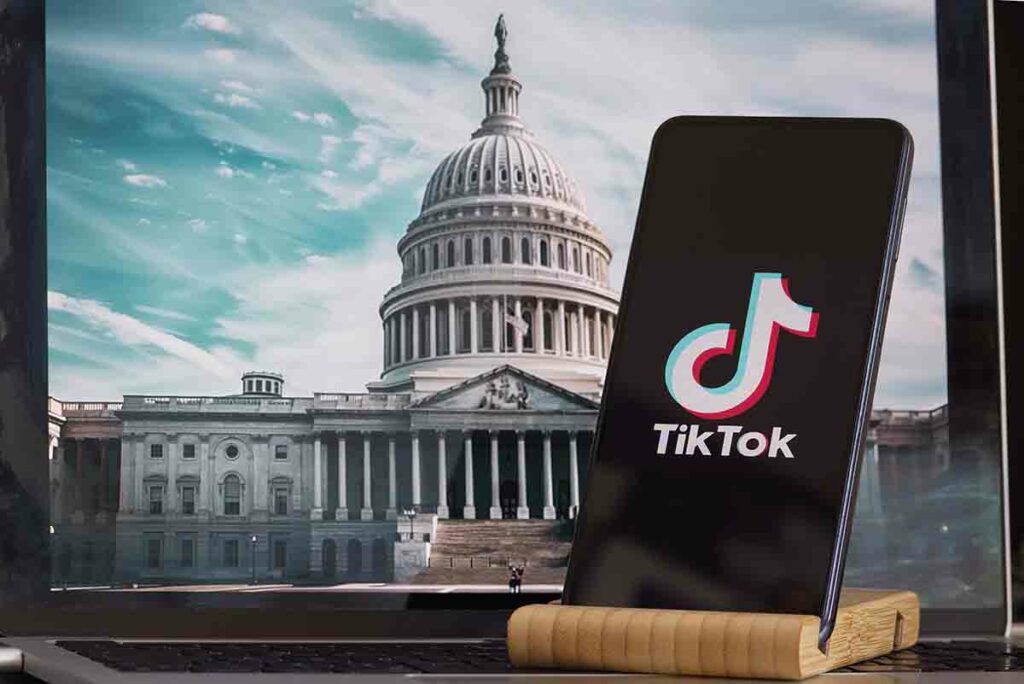In an era where social media platforms play a pivotal role in shaping brand strategies, the potential ban of TikTok in the United States poses significant challenges and opportunities for advertisers. TikTok, with its massive youth following and unique engagement capabilities, has become a cornerstone of digital marketing strategies aimed at reaching younger audiences. With its potential exit, advertisers must explore and understand the pros and cons of alternative platforms. Here’s a breakdown of each major alternative and how they compare to TikTok’s unique features.
Instagram (Including Reels)
Pros:
- Large User Base: Offers extensive global reach.
- High Engagement: Especially effective for visually compelling content.
- Robust Ad System: Benefits from Facebook’s sophisticated targeting and analytics tools.
- Diverse Content Types: Supports images, videos, Stories, and Reels.
Cons:
- Competitive Space: Highly saturated, challenging new brands to stand out.
- Older Demographics: User base skews slightly older compared to TikTok.
- Higher Advertising Costs: Mature platform with elevated costs.
YouTube (Including Shorts)
Pros:
- Vast Reach: Unparalleled exposure as the second most visited website.
- Content Longevity: Videos remain relevant longer than TikTok’s fleeting content.
- Monetization Opportunities: Various revenue options for creators.
- YouTube Shorts: Similar short-form video feature catering to TikTok fans.
Cons:
- Higher Production Value Expected: Users anticipate higher quality, increasing costs.
- Complex Algorithm: Can be difficult for new creators to gain visibility.
- Longer Setup for Effectiveness: Building an engaged subscriber base takes time.
Snapchat
Pros:
- Young Audience: Attracts a demographic similar to TikTok.
- Augmented Reality Features: Strong AR capabilities for creative content.
- High Engagement: Frequent daily visits by users.
Cons:
- Limited Discoverability: Content reach is generally confined to existing networks.
- Short Content Lifespan: Content disappears after 24 hours.
- Smaller Scale: Smaller user base than TikTok, Instagram, or YouTube.
Twitch
Pros:
- Niche Audience Targeting: Excellent for reaching gaming and lifestyle audiences.
- High Viewer Engagement: Live streams foster real-time interaction.
- Community Loyalty: Users show strong loyalty to favorite streamers.
Cons:
- Niche Content Focus: Mainly suited for gaming content.
- Longer Content Format: Dominated by long-form content, differing from TikTok’s style.
- Intensive Time Investment: Requires regular, lengthy streaming sessions.
Triller
Pros:
- Similar to TikTok: Offers a comparable short-form, music-focused video experience.
- Celebrity Use: Adopted by several high-profile celebrities, enhancing its appeal.
Cons:
- Smaller User Base: Limits the reach compared to TikTok.
- Less Advanced Features: Lacks sophisticated analytics and monetization options.
Each platform offers unique advantages and challenges. Advertisers should consider their specific audience, content style, and marketing goals when choosing where to reallocate their resources previously dedicated to TikTok. Adapting to these platforms not only involves understanding their features but also integrating into their specific community dynamics and leveraging their strengths to maintain an effective digital presence.
Conclusion
While the potential ban of TikTok in the U.S. could disrupt current advertising strategies, it also encourages resilience and adaptability. Advertisers who anticipate these changes and prepare accordingly will not only mitigate risks but could also discover new opportunities for growth and engagement in a shifting digital landscape. The key will be in how quickly and effectively they can navigate these changes, ensuring that their brands remain relevant and influential among their target demographics.





About The Author: Kevin Watts
Kevin Watts is the founder of Raincross, a premier web design, development and digital marketing agency headquartered in Riverside, CA.
Kevin got his start in online marketing and website design by working for some of the most prominent names in online retail. He's most recognized for helping to start e-commerce retailer Organize.com in 1998, and spent 12 years running the company's e-commerce and online marketing operations. He has been recognized and has received several online retail, marketing and merchandising awards throughout his career.
Kevin grew up in Riverside, CA and graduated from the University of Wyoming. In his spare time, Kevin is an avid fly-fisherman, college football fan, and enjoys spending time with his son Matthew, daughter Kate and wife Lindsey.
More posts by Kevin Watts